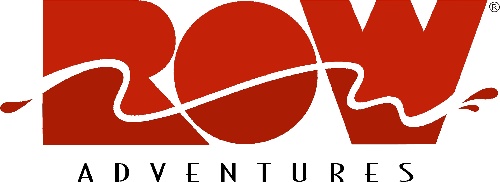Flavors of Corsica
Blending influences from both France and Italy, Corsican cuisine is in a category of its own. It draws heavily on regional ingredients that are grown or reared in the island’s mountainous pastures, with long-sunny days and free-ranging environments adding to their unique flavors.
Exploring Corsica is not just about experiencing its magnificent landscapes and long-established cultural traditions, but sampling the culinary delicacies that have evolved here over the centuries. These include chestnut-fed pork, exquisite honey, and wine varieties that are difficult to find elsewhere.
In this guide, we’ll introduce five of Corsica’s most unique flavors and how they reflect the spectacular natural environment around them.
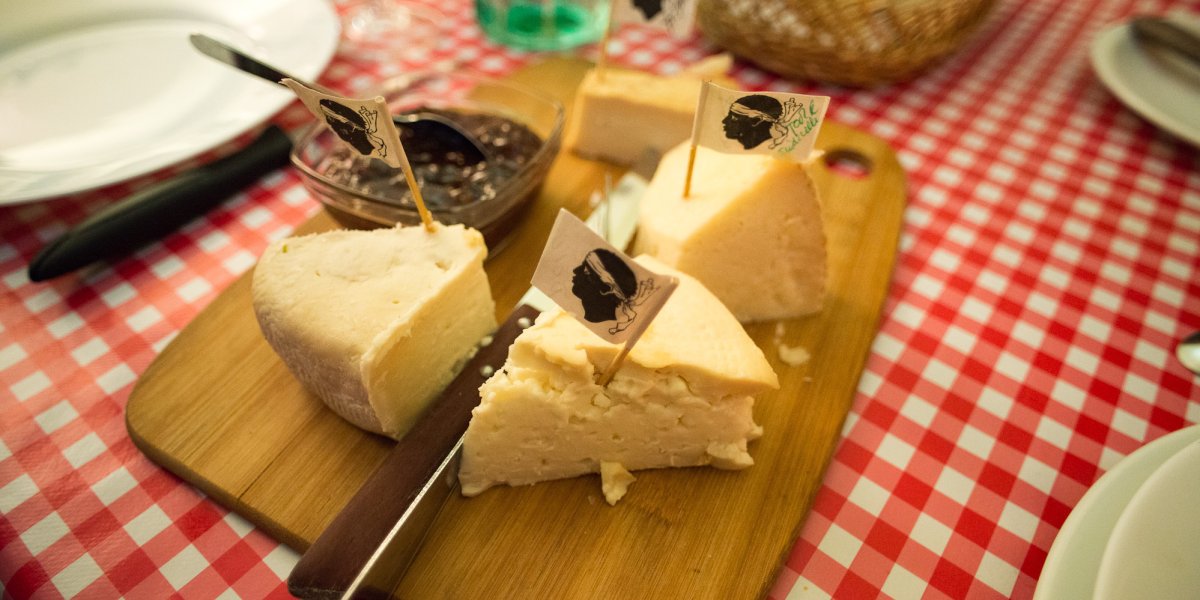
Brocciu
Due to Corsica’s scrubby and rugged landscapes, sheep and goats are the preferred livestock (although cows are also present on the island). As a result, many of the traditional cheeses produced on the island are made from sheep and goat’s milk, such as the creamy brocciu.
Produced from a combination of milk and whey, brocciu features in everything from omelets and salads to cheesecakes and is a suitable substitute for ricotta. The name “brocciu” comes from the French word “brousse”, which refers to cheese made from goat or sheep’s milk.
Brocciu is made by heating the whey to a low temperature before adding the sheep’s milk and heating again to just below boiling point. The cheese is then drained and can be eaten immediately, although it’s preferable that you wait for around 48 hours. Brocciu passu is cheese that has been matured for two or three weeks, during which time a light, ivory-colored rind forms. This results in a more pronounced flavor.
Other Corsican cheeses to keep an eye out for include cabrettu (which is made in the stomach of young goats), niulincu (a raw goat or sheep’s milk cheese from the Niolo Plateau) and venaco (a robustly flavored, washed rind cheese from a village in central Corsica).
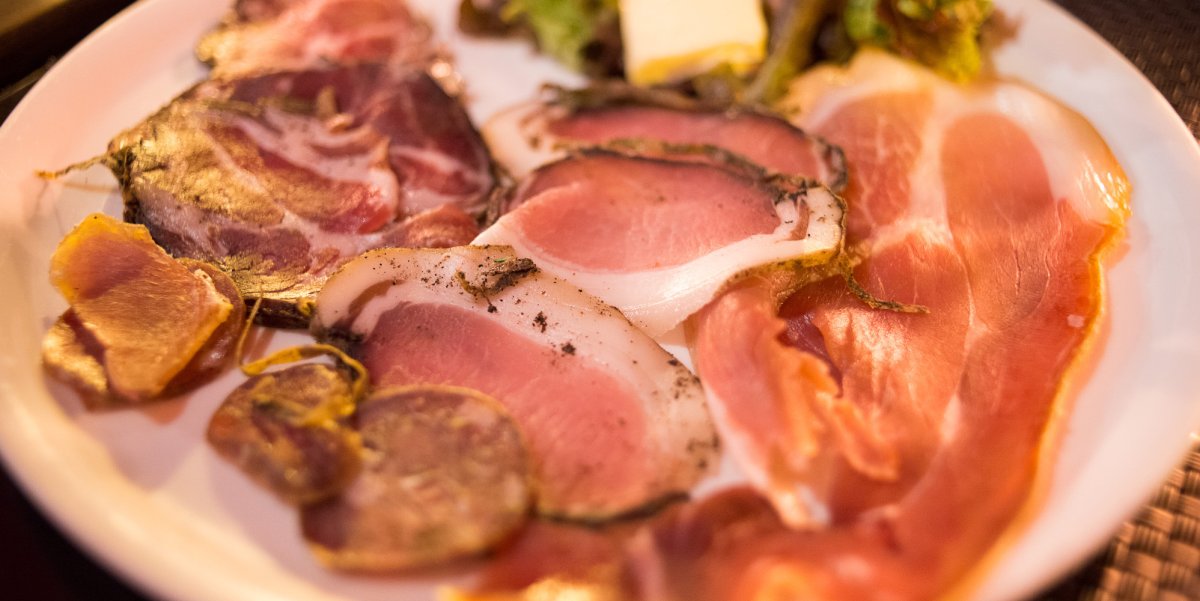
Cochon Nustrale
Cured meats are integral to Corsican cuisine, with charcuterie platters often served up on sun-dappled tables accompanied by local wines. The most famous of these is made from cochon nustrale, a Corsican breed of pig that is reared on a strict diet of local acorns, chestnuts, and roots.
Corsican pigs have resided on the island for centuries and were originally raised in semi-wild conditions, with pig rearing a tradition that was passed down through the generations of Corsican families. But after interbreeding began to occur in the 1960s, a group of locals banded together to save their unique breed. More recently, cochon nustrale has been officially awarded the AOP (protected designation of origin) and a preservation program has been underway to help boost numbers.
Corsican pigs graze in mountain pastures during the summer months and in acorn/chestnut groves during the autumn and winter. They are slaughtered between 12 and 36 months before the meat is salted and matured. Several different products are then made from cochon nustrale.
Coppa is a pork loin that is flavored with spices before being smoked and matured. Lonzu is a salted tenderloin with a nutty flavor while prisuttu is a cured ham that is often served with figs or pickles. Corsican pork is also combined with liver to create figatellu, a U-shaped sausage that has a strong flavor and dark color.

Chestnut flour
Known locally as Farine de Châtaigne Corse, this sweetly-flavored flour is made from chestnuts grown exclusively on Corsica. You can taste the complexity of dried chestnuts in the flour, together with hints of dried fruits and spices.
Chestnut flour is used widely in Corsican cuisine, in everything from savory polenta to sweet cakes and cookies. In addition to the creamy white colored Farine de Châtaigne Corse, you can also find a darker-colored variety that is made from roasted chestnuts and has a stronger taste.
To create Farine de Châtaigne Corse, the chestnuts are harvested after falling to the ground from the Castanea sativa. Mill tree. They are then dried, shelled, and sorted before being finely ground. Interestingly, the trees must be at least 10 years old before their chestnuts can be harvested for this uniquely Corsican flour.
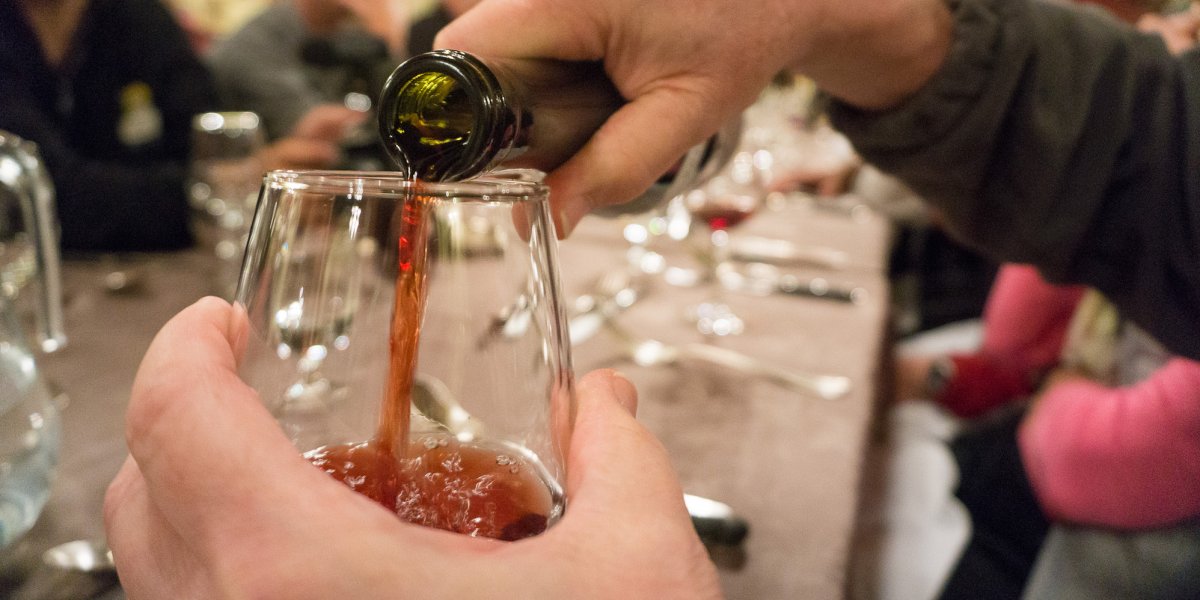
Wine
With milder winters and more sunshine than mainland France, Corsica offers the ideal conditions for viticulture. That being said, its wines remain largely unknown on the international stage, despite being of exceptional quality. The long growing season means that varieties such as Nielluccio (a red grape) and Vermentino (a white grape) can flourish.
Corsica draws much of its wine-growing heritage from Italy and the island is unique in its cultivation of Sciaccarellu, which is at home on the granite soils of Ajaccio (where many of our tours start!). The Ajaccio region is known for its medium-bodied reds and roses, which were granted AOC status in 1984. Head to Clos d’Alzeto in Sari d’Orcino to sample impressive Sciaccarellu and Vermentino grown in vineyards that have been tended by the same family since 1800.
Corsica’s other major wine-growing region is Patrimonio at the southern end of the Cap Corse Peninsula. Here, chalky clay soils and limestone predominate and create favorable growing conditions for Nielluccio. Founded in the 19th century, Domaine Saparale is not to be missed, nor is Domaine de Tarraccia. Its vineyards were established around 50 years ago by Christian Imbert, who is considered by many to be the father of modern Corsican wines.
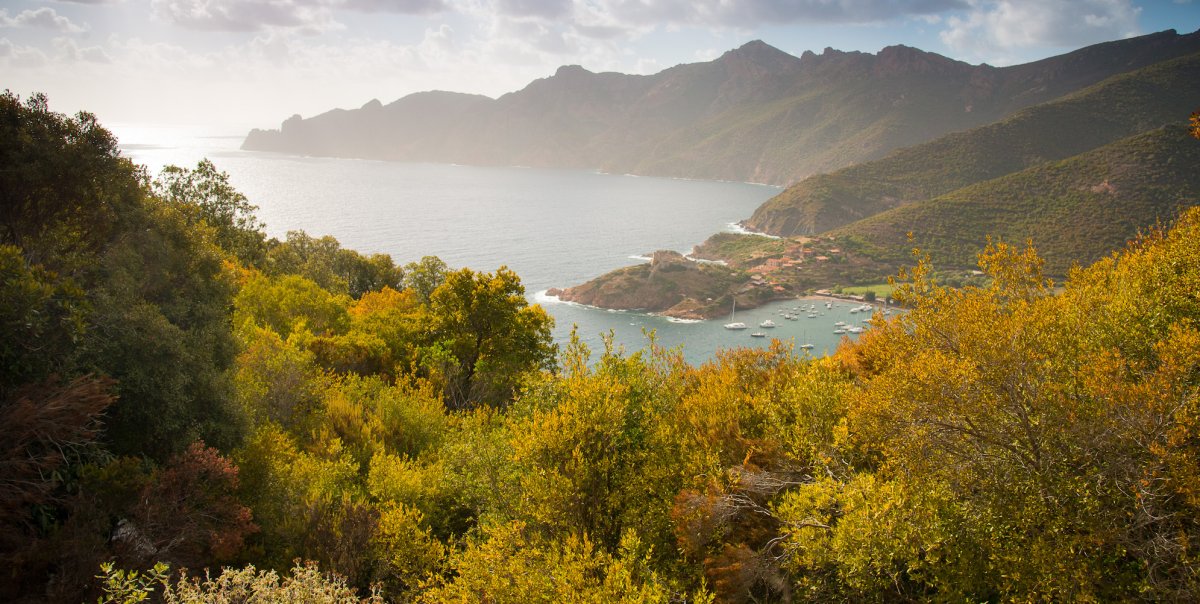
Honey
Corsica has a long history of beekeeping (in fact, honey was once used to pay off invaders) and one of the island’s most famous products is its unique Miel de Corse. It is infused with the flavors and fragrances of the island’s flora, which is dominated by aromatic shrubs such as thyme, juniper, and rosemary.
Miel de Corse is harvested from honeybees of the endemic Apis Mellifera Mellifera corsica species, which exists only on the island. The taste of the honey is intense and strong, reflecting the bees’ feeding grounds, which range from wildlife-fringed glacial lakes to maquis-covered gorges.
When sold commercially, Corsican honey is divided into six different types - Printemps (Spring), Maquis d’Été (Summer Maquis), Maquis de Printemps (Spring Maquis), Miellat du Maquis (Maquis Honeydew), Châtaigneraie (Chestnut Grove), and Maquis d’Automne (Autumn Maquis) - with each having a unique flavor to experience.
If you’re visiting in September, don’t miss the annual honey festival that takes place in Murzo and showcases some of the island’s top producers.
